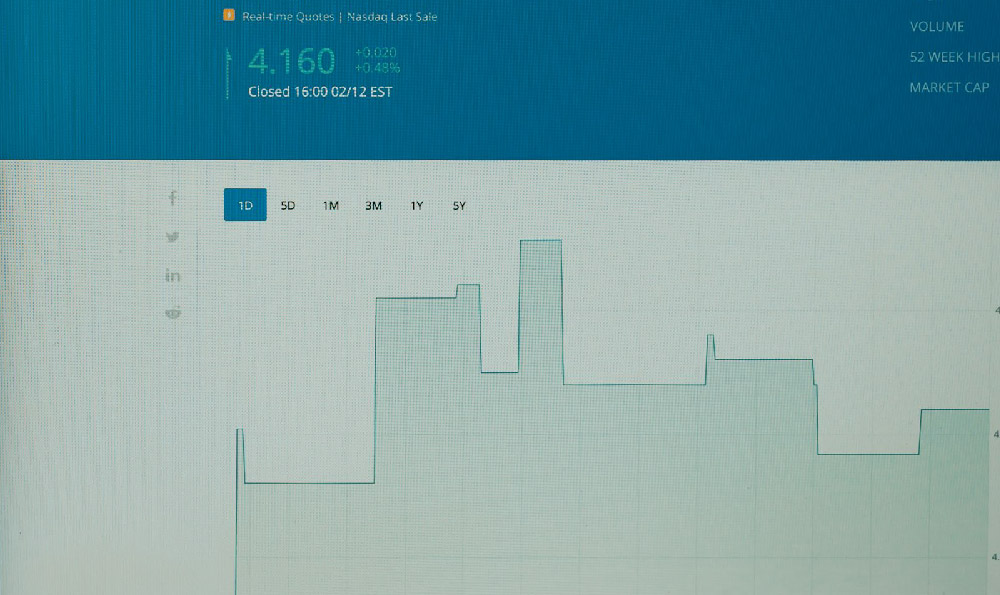Investing in Stocks: Where Do I Begin and How?
Investing in the stock market can seem like navigating a complex labyrinth, especially for beginners. The sheer volume of information, the constant market fluctuations, and the potential for both significant gains and devastating losses can be overwhelming. However, with a structured approach, a solid understanding of the fundamentals, and a commitment to continuous learning, anyone can begin and thrive in the world of stock investing.
The first crucial step is self-assessment. Before you even consider purchasing your first share, take a long, hard look at your financial situation. Determine your investment goals: are you saving for retirement, a down payment on a house, your children's education, or something else entirely? Understanding your goals will inform your investment timeline and risk tolerance. If you're saving for retirement in 30 years, you can likely tolerate more risk than someone saving for a house down payment in five.
Next, honestly evaluate your risk tolerance. Are you comfortable with the possibility of losing a significant portion of your investment in the short term, knowing that it has the potential to recover and grow over time? Or would you prefer a more conservative approach with lower potential returns but also lower risk of loss? There are many tools and questionnaires available online to help you assess your risk tolerance, but ultimately, it comes down to understanding your own emotional comfort level with market volatility.

Once you have a clear picture of your financial situation, investment goals, and risk tolerance, you can begin to research different investment options. The stock market offers a vast array of possibilities, from individual stocks to mutual funds and exchange-traded funds (ETFs). Individual stocks represent ownership in a specific company. Investing in individual stocks can offer the potential for high returns, but it also comes with higher risk, as the performance of a single company can be volatile. Thorough research is paramount before investing in any individual stock. Understand the company's business model, its financial health, its competitive landscape, and its management team. Don't rely solely on news headlines or social media buzz; delve into the company's financial statements and read analyst reports.
Mutual funds and ETFs offer a more diversified approach to investing. A mutual fund is a collection of stocks, bonds, or other assets managed by a professional fund manager. ETFs are similar to mutual funds, but they trade on stock exchanges like individual stocks. Both mutual funds and ETFs can provide instant diversification, reducing the risk associated with investing in individual stocks. When choosing a mutual fund or ETF, consider its investment objective, expense ratio (the annual fee charged to manage the fund), and historical performance. However, past performance is not necessarily indicative of future results.
Another critical aspect of successful stock investing is understanding fundamental analysis. This involves evaluating a company's financial health and potential for future growth based on its financial statements. Key metrics to consider include revenue, earnings per share (EPS), price-to-earnings (P/E) ratio, debt-to-equity ratio, and return on equity (ROE). Analyzing these metrics can help you determine whether a stock is undervalued or overvalued. Technical analysis, which involves studying stock price charts and patterns, is another tool that some investors use to make trading decisions. However, technical analysis is often considered more speculative than fundamental analysis.
Having a brokerage account is essential to buy and sell stocks. There are many online brokers to choose from, offering varying commission structures, research tools, and educational resources. Compare different brokers and choose one that meets your needs and budget. Consider factors such as commission fees, account minimums, trading platforms, and customer service.
Now, let's address the practical aspects of actually buying and selling stocks. When placing an order, you'll typically have the option of a market order or a limit order. A market order instructs your broker to buy or sell the stock at the current market price. A limit order allows you to specify the price at which you're willing to buy or sell the stock. While a market order guarantees that your order will be filled, it doesn't guarantee the price. A limit order guarantees the price but doesn't guarantee that your order will be filled.
One of the most common mistakes that new investors make is letting emotions drive their investment decisions. Fear and greed can lead to impulsive buying and selling, often at the worst possible times. It's crucial to remain disciplined and stick to your investment strategy, even when the market is volatile. Avoid "chasing" hot stocks or panicking during market downturns. Remember that investing is a long-term game, and patience is key.
Diversification is your ally. Don't put all your eggs in one basket. Spread your investments across different asset classes, industries, and geographic regions to reduce your overall risk. A well-diversified portfolio is less susceptible to the fluctuations of any single investment.
Continuous learning is paramount. The stock market is constantly evolving, and there's always something new to learn. Stay informed about market trends, economic developments, and company-specific news. Read books, articles, and research reports. Attend webinars and seminars. The more you learn, the better equipped you'll be to make informed investment decisions.
Finally, recognize the importance of seeking professional advice when needed. A financial advisor can help you develop a personalized investment plan that aligns with your goals and risk tolerance. While you can certainly manage your own investments, a financial advisor can provide valuable guidance and support, especially if you're feeling overwhelmed or unsure of how to proceed. They can also help you stay on track with your investment goals and avoid common investment pitfalls. Investing in the stock market is a marathon, not a sprint. It requires patience, discipline, and a commitment to continuous learning. By following these guidelines, you can begin your journey to financial security and build a portfolio that will help you achieve your long-term goals. Remember to start small, diversify your investments, and never invest more than you can afford to lose.















